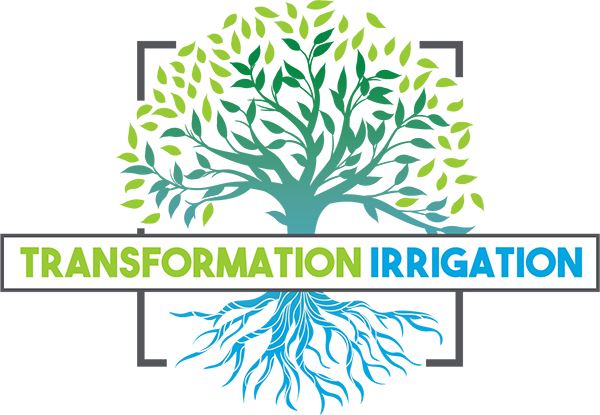Understanding Lawn Irrigation: Tips for Keeping Your Grass Healthy and Green
A well-irrigated lawn can make all the difference in keeping your grass healthy and green. In this article, we’ll explore what it means to irrigate your lawn, how long and how often to water your lawn when to irrigate, and other important considerations for keeping your grass lush and healthy.
A well-irrigated lawn can make all the difference in keeping your grass healthy and green.
What Does It Mean to Irrigate Your Lawn?
Irrigating your lawn means providing water to your grass to keep it healthy and green. Proper irrigation is essential for maintaining a beautiful lawn. When your grass doesn’t get enough water, it can become dry, brown, and eventually die. Conversely, overwatering your lawn can also be harmful, as it can lead to fungus growth and other problems.
How Many Minutes Should I Irrigate My Lawn?
The amount of time you should irrigate your lawn depends on several factors, such as the type of soil and grass species. In general, most lawns need about 1 to 1.5 inches of water per week. To determine how long to run your sprinklers, you can follow this rule of thumb:
- For sprinklers with a flow rate of 1 gallon per minute, water your lawn for 60 minutes to apply 1 inch of water.
- For sprinklers with a flow rate of 2 gallons per minute, water your lawn for 30 minutes to apply 1 inch of water.
It’s important to note that this is just a general guideline. You should monitor the soil moisture levels to determine the optimal irrigation time for your lawn.
How Often Should You Irrigate Your Lawn? The frequency of irrigation depends on several factors, including the climate, grass type, soil type, and overall health of the lawn. In general, most lawns need about 1 inch of water per week. However, during periods of drought, you may need to irrigate more frequently.
To determine how often to irrigate your lawn, observe your lawn to determine its individual needs. Signs that your lawn needs water include:
- The grass blades begin to curl or wilt.
- The lawn develops a blue-gray tint.
- Footprints remain visible on the grass after walking on it.
When Should You Irrigate Your Grass?
The best time of day to irrigate your lawn is in the morning between 6 am and 10 am. This allows the grass to absorb the water it needs before the heat of the day sets in. Watering during the hottest part of the day can cause the water to evaporate before it can be absorbed by the grass while watering at night can promote fungus growth.
What Is the Three-Times Rule for Sprinklers?
The three-times rule is a technique for ensuring that all parts of your lawn receive an equal amount of water. To use this technique, run your sprinklers three times for 20 minutes each time, with a break of at least 30 minutes in between. This allows the water to soak into the soil fully and reach all parts of your lawn.
Should Irrigation Be Done at Night or Day?
As mentioned earlier, the best time to irrigate your lawn is in the morning between 6 am and 10 am. Avoid watering at night, as this can lead to fungus growth. If you must irrigate in the evening, do so before sunset and ensure that your lawn has time to dry before nightfall.
What Temperature Is Too Hot to Water Grass?
It’s generally best to avoid watering your lawn during the hottest part of the day when temperatures are above 85°F. Watering during this time can cause the water to evaporate quickly, reducing its effectiveness. Instead, water your lawn during the cooler parts of the day, such as the early morning or late afternoon. Additionally, during periods of extreme heat or drought, it’s important to water your lawn more frequently to keep it healthy.
Proper lawn irrigation is essential for maintaining a healthy and beautiful lawn. By following the guidelines in this article, you can ensure that your lawn receives the right amount of water at the right time. Remember to monitor the soil moisture levels and observe your lawn to determine its individual needs. With a little care and attention, you can enjoy a lush, green lawn all season long.


